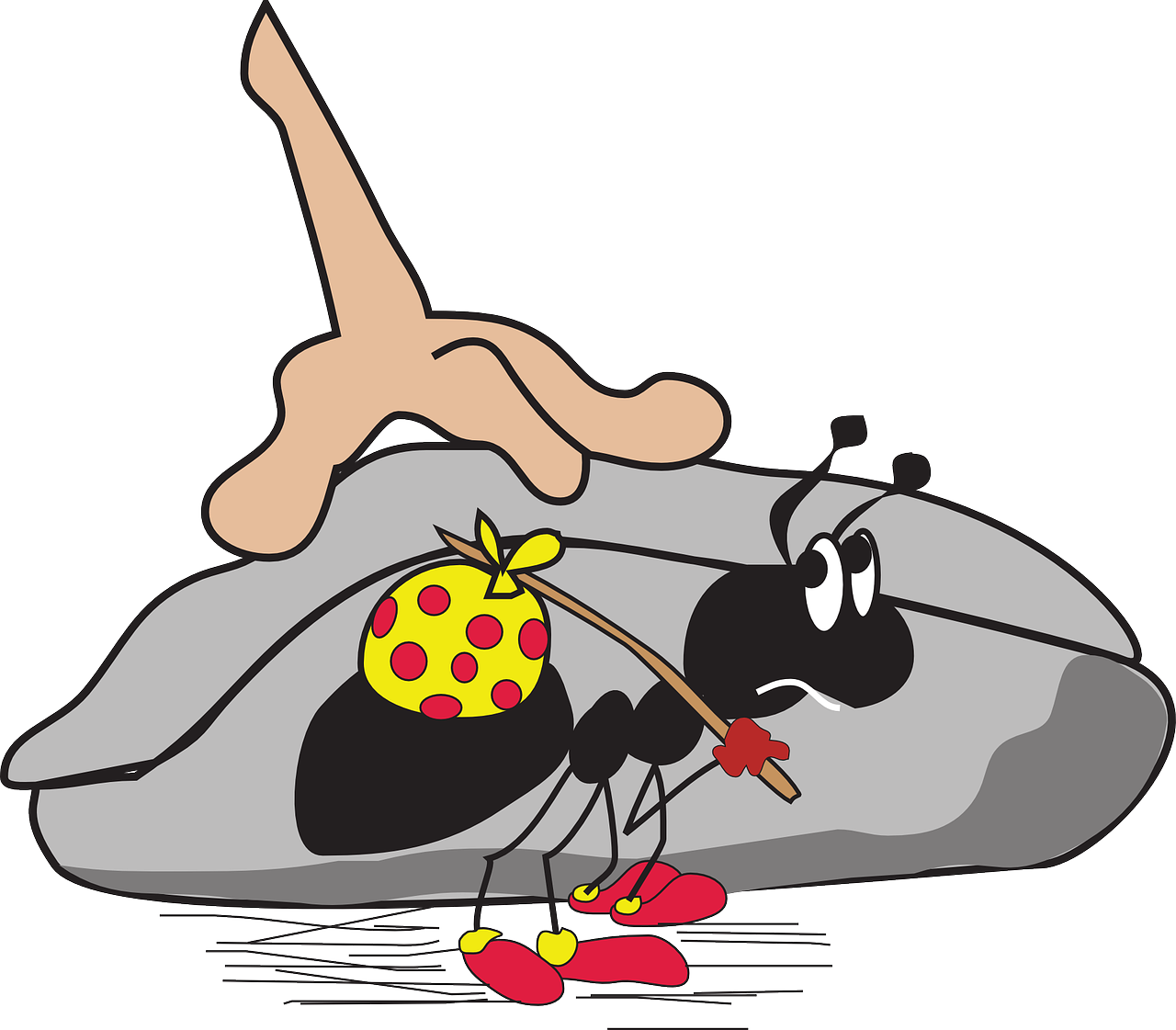--- Quick overview for the ant keeping beginners ---
Ants belong to the category of social insects with a clear hierarchy and well-organized functioning. Some causes and behaviour are still a mystery to this day. That's why keeping and exploring ants is such an interesting and fun hobby.

Ants and their colonies are very similar to bees in their hierarchy. It is unbelievable that the whole colony is run by a single queen who lays eggs all her life. From these eggs, the workers hatch. Workers take care of the queen and new offspring, seek food, build an anthill and defend the colony from danger. So it is clear that if you want to start keeping ants, you need a queen...

Where and how do you get a queen and ants:
- You can get the queen in nature when it is swarming. Surely you have ever seen a swarm of winged ants, usually in summer.
- The queen with the first workers can be bought in specialized shops with insects and ants.
- There are many ant keepers on social networks who offer their colonies. Just join one of the groups and write a request. (Ant keeping enthusiasts)
In the first year after swarming, it is best to place the queen in a test tube to start laying her first eggs. Usually, 5 - 20 workers hatch till winter in this way. If you have a colony purchased, you can usually skip this phase and move the colony straight to a new ant nest.
It is recommended to have a formicarium reasonably large given the number of workers. That's why the modular - expandable design of HappyAnt nest is so advantageous because you can enlarge the ant farm gradually as the colony grows. If the colony has at least 10-20 workers, move them to the arena, if possible with the whole test tube. The ants will slowly move to the module, where they have peace, darkness and safety...
Inside the module, which serves as a home for ants, corridors and chambers are created in the cork. Right there the ants live, rest and take care of new individuals. It is also the place where the queen herself is. Therefore, each module is equipped with a red lid, which dims the light and simulates the environment of a real anthill. It is also good to maintain higher humidity in the nest and a constant temperature. Humidity and temperature requirements vary from species to species, but here are a few examples of the most common species:
- Lasius niger (nest humidity: 50 - 60% temperature: 21 - 24 ° C)
- Camponotus ligniperda (nest humidity: 50 - 60% temperature: 21 - 24 ° C)
- Messor barbarus (nest humidity: 50 - 70% temperature: 21 - 26 ° C)

The big advantage of ant keeping is that they don't eat much. Although such a large colony… The queen in a test tube only needs water mixed with honey. Using a pipette, just make a small drop on the edge of the test tube. After moving to the ant farm, feeding is much easier - the arena has a small hole in the upper lid, through which you can add food without the risk of ants escaping. It is good to regularly put water, honey water, insects and fruit into the arena. But again, it depends on the species - for example, Messor barbarus (Harvester Ant), as the name suggests, requires the grain.
Except for tropical species, the ant colony must be wintered every year. In nature, the anthill is covered by the snow, the ants hide deeper in the nest and climb out again in the spring, full of strength and energy. Therefore, even a formicarium needs to be placed in a cold environment of 5 - 10 ° C in the period from November to March. A refrigerator or a cellar with a constant temperature is best used for this.

Now you know the most important things about ant keeping and you can start right away! For a beginning, I recommend the Ant Farm - STARTER set, in which you will find everything you need for your first colony.
I wish you a lot of success and fun in ant keeping.
From the HappyAnt team,
Martin


